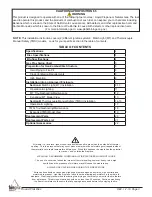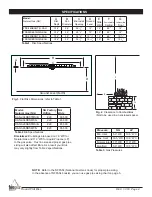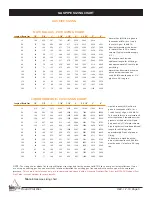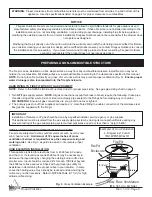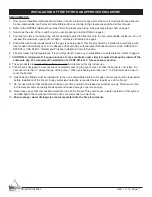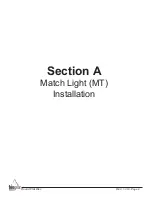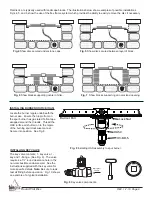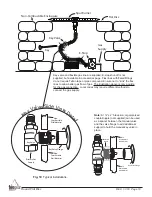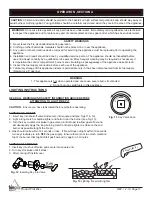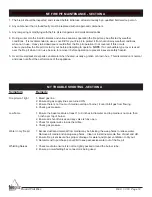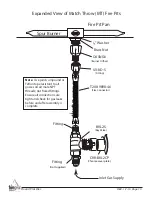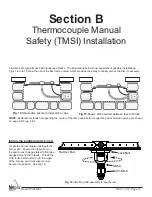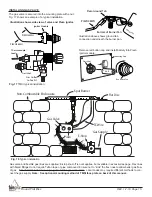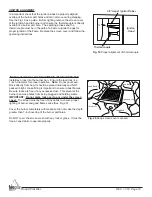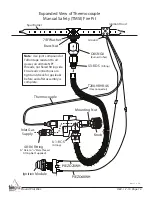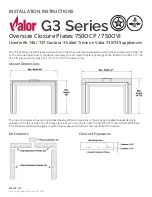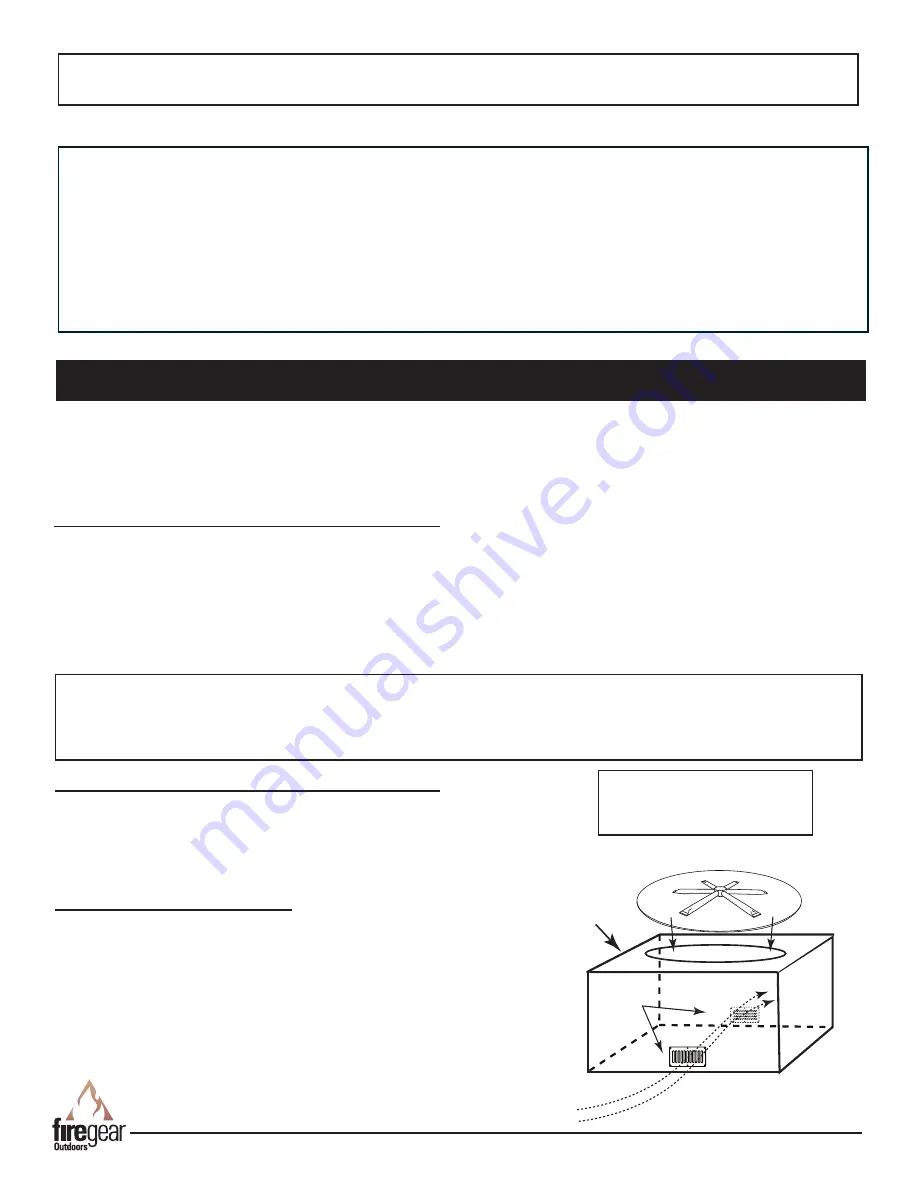
REV. 1-7-19 Page 6
Round Flat Disc
Firegear Outdoors fire pits are constructed and tested to follow the rigid ANSI standards for gas appliances and
manufactured safely providing dependable and certified products. If these fire pits are not installed according to the
installation manual (i.e. not providing ventilation, not providing proper drainage, installing fire pits below grade or
modifying the existing products from a normal installation) Firegear Outdoors cannot be responsible if the product does
not operate as designed.
Modifying the fire pit directly out of the carton will void the warranty and nullify the UL listing it was certified for. Before
you consider creating your own custom design with a certified product ensure you contact Firegear Outdoors to consult
the installation before proceeding. If you move forward and modify a product without consulting, Firegear Outdoors
cannot be responsible if the product does not operate as designed.
NOTICE
WARNING:
Proper clearances from combustible materials must be maintained from all sides, top and bottom of this
appliance. Use the specifications listed on page 4 for proper clearance to combustibles.
PREPARING A NON-COMBUSTIBLE STRUCTURE
The fire pit can be installed on a flat, stable surface, away from any combustible materials. Install fire pit on any level,
outdoor non-combustible, flat stable surface or a combustible floor according to the clearances specified in this manual.
NOTE
: Do not place fire pit directly on grass, dirt, or rocks as this may prevent proper ventilation (Fig. 3).
Ensure proper
water drainage is also incorporated into the fire pit enclosure.
HARD PIPING TO FIRE PIT WITHOUT GAS PROXIMITY
NOTE:
Refer to the NFPA54 (National Fuel Gas Code) for proper pipe sizing. See gas pipe sizing chart on page 5.
1. Turn
OFF
gas supply system.
NOTE
: All gas connections (except for brass to brass) require the following. Clean pipe
threads using either a wire brush or steel wool. Apply pipe sealant to the fittings before making any connection.
BE CAREFUL!
Ensure all gas connections are snug, but do not over tighten!
2. The primary gas shut-off (not supplied) will require a ½” male flared fitting to enable connection of the stainless steel
flex gas line supplied with the fire pit.
IMPORTANT
Installation of Natural or LP gas should be done by a qualified installer, service agency or gas supplier.
This appliance must be isolated from the gas supply piping system by closing its manual shutoff valve during any
pressure testing of the gas supply piping system at test pressures equal to or less than ½” psig (3.5kPa)
VENTILATION FOR NON-COMBUSTIBLE ENCLOSURE
Fire pits are subjected to many outdoor elements such as rain, snow,
wind, heat or cold.
A minimum of 18 square inches of cross
ventilation (2 sides) is required to keep the components in good
working order.
Use Fig. 3 as guide to assist to incorporate proper
ventilation.
Fig. 3
. Cross Ventilation Example
(2) 6”x12”
Fire Pit
Examples of Cross Ventilation
2- Firegear 6 x12 vents
(Part #VENT-KIT-6x12)
Cross Flow Ventilation
(Min. 18 Sq. In. Per Side)
Fire Pit
Enclosure
HIGH ELEVATION INSTALLATION
This appliance is listed for elevations from 0- 4500 feet in Canada
and the U.S. If elevation exceeds 4500 feet it may be necessary to
decrease the input rating by changing the existing burner orifice to a
smaller size. Input should be reduced 4% for each 1000 feet beyond
the 4500 feet above sea level. Check with your local gas utility for
assistance in determining the proper orifice in your location. In some
cases the heating value may already be reduced and downsizing the
orifice may not be necessary. Refer to NFPA54 Table E.1.1(d) for high
altitude orifice sizing.



